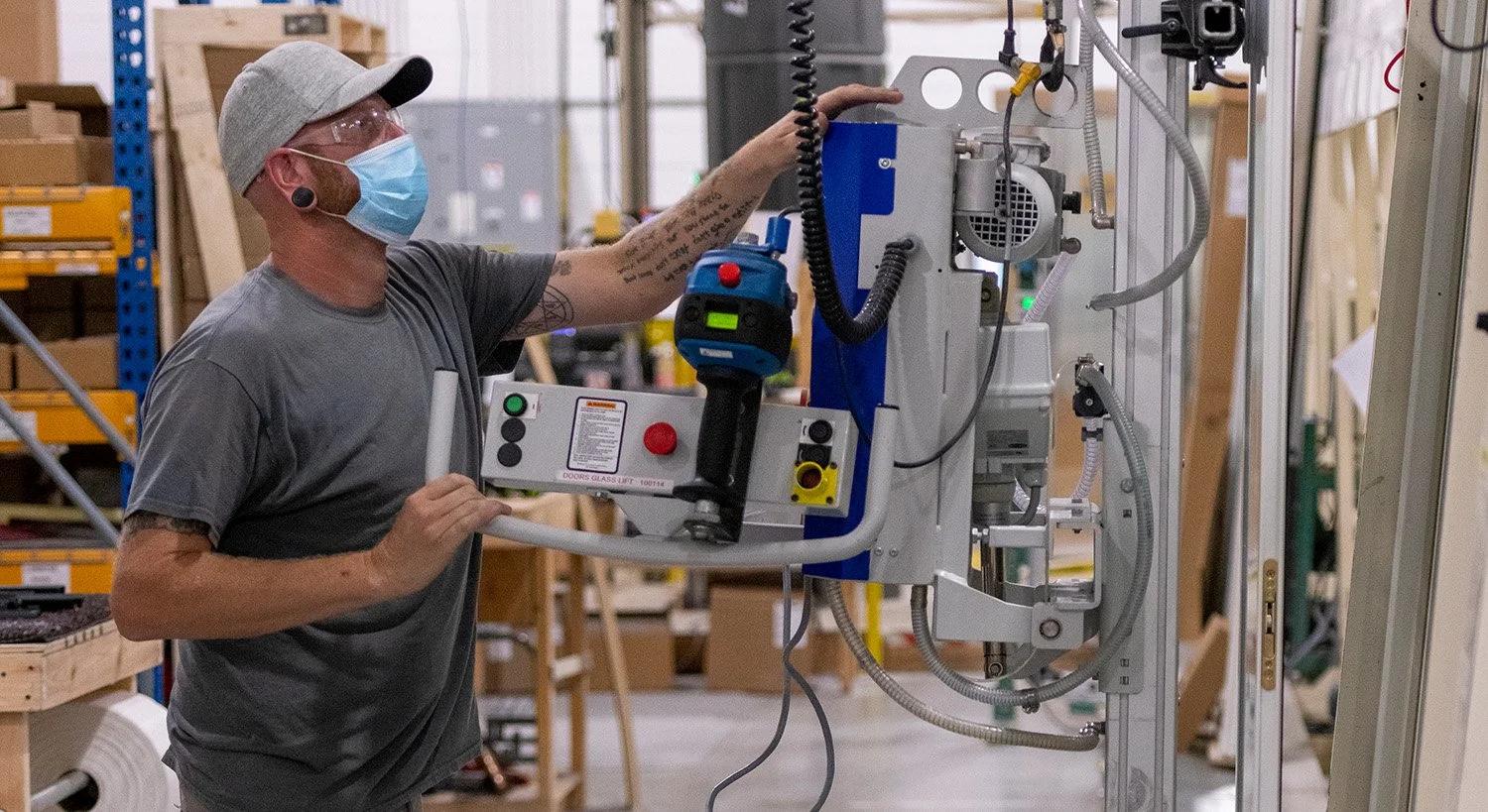It’s Time to Get Safer
No company wants to believe they have a safety problem. Throughout my career, I’ve worked at plants that were below average and plants that were above average, statistically speaking, when it came to safety. All of them needed help, but most of them were experiencing a sort of tension resulting from trying to convince themselves they were doing enough. After all, they did care—but it is often easy for top leaders to say “safety is the priority,” yet it is action that ultimately makes for a safer workplace.
In too many cases, however, the root cause and safer outcomes got lost in the shuffle.
To protect not only their people but also their business, it’s imperative that manufacturers take the time to investigate every accident inside their four walls. I see safety as central to a company’s commitment to its employees (and I see that commitment as central to business success). One incident can have a lasting impact, and a series of them can cause a company to “lose” its team members.
So, when I lead a company’s safety efforts, I encourage a singular focus on finding the underlying problems that led to any individual event. Plant managers often want balance—they ask how they can balance safety investigations with their everyday responsibilities. My honest answer? You can’t.
When something happens, you must clear your schedule for a day, for two days, for however long it takes to get to the core problem and figure out a plan to prevent future incidents.
There are many factors that can complicate safety efforts for manufacturers. When companies experience fast growth, including through acquisition, they may lose touch with the way each plant is handling safety. At a building materials manufacturer, where I work as a consultant, the company grew from a regional operation to a national one, and then to a large national one. It made acquisitions to add capacity and worked furiously to clear a pandemic backlog, and when it came out on the other side, it had doubled in size. The company then prioritized connecting its moving parts under a common approach to operations, work processes, and safety. They’re not alone; many manufacturers struggle with how to balance—there’s that word again—safety with rapid growth.
When it comes to actually solving safety problems, your greatest assets are your people.
Talk to them. The point is to hear what your employees are saying, their concerns, their ideas, their overall state of mind, and not necessarily to solve issues instantly. Once you’ve nailed down the problems, then you create solutions.
I can’t underscore enough how much this approach will come back to you in loyalty and supercharged output. In Tennessee, while visiting a manufacturing plant, a man missing a finger came up and thanked me for fixing the faulty machine that had taken it two years ago. Plant managers were finally getting to root cause and addressing concerns, and you could already see employees who’d felt neglected beginning to re-engage.
Of course, sometimes the outcome is more severe. Two decades ago in Montreal, a plant I was leading experienced a fatality. To change a transformer on a mezzanine, I’d taken my chief electrician off the job and called in external experts, but when one of the two workers who showed up went back to the car for a tool, the other opened a panel he shouldn’t have and was electrocuted. I will never forget the shop floor that day, a room full of tough welders and machinists in shock and disbelief.
I can tell you that the next six months of my working life did not feature anything resembling balance. It would have been easy for any company to chalk up that incident to random chance, to say all the right things and offer support. But we launched a massive investigation devoted to finding answers, the lessons of which changed ways of operating across more than 200 plants. I’m confident that our learnings prevented future tragedies.
There will be accidents in this line of work. Our job is to treat each with the dignity it deserves, and know that we have done our absolute best to prevent it from happening again.
